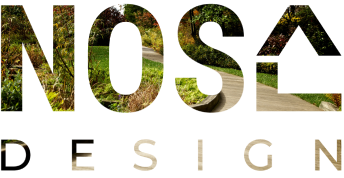When did the eco-direction appear:
Javier Senosyan, a Mexican, was the first architect to address the issue of environmental protection. In 1985, he built a house where, he said, "everything was different." The hot climate of his country services of the interior.
The air-conditioned building rose in the center of a green oasis. Flowers and plants close to the walls trapped noise and dust, and muffled sunlight. The roof with living grass protected against the exhausting heat, and natural air currents created a pleasant coolness in the tunnels connecting the rooms.
The ecological House was built entirely of ferrocement. Today, this unique form of reinforced concrete is considered ideal for construction:
- The frame is assembled from steel mesh.
- Wire of small diameter with cells of about 5x5 cm evenly distributes the load, reducing the total weight.
- Portland cement mortar is used as a binder.
The architect brilliantly proved that eco does not mean expensive and elite. Housing turned out elegant, cheap, and smart. Light and complex shapes were resistant to earthquakes, which in Mexico has become an additional plus.
The second breath of a fashion trend
Interest in green architecture was driven by the most expensive resources. Today, there are government programs in Europe aimed at developing and implementing facilities with low energy consumption. Environmental efficiency is defined as the ability to reduce and control financial investments in a house built of safe materials - natural stone, brick, concrete, glass, metal and wood.
Additional opportunities to reduce costs by creating non-energy systems:
- Hot water supply and heating circuits are designed taking into account renewable sources, including solar panels, wind turbines, and heat pumps.
- Thermal insulation, ventilation, air conditioning, lighting are developed with the involvement of natural factors and new technologies.
- Each project is built in such a way that it has minimal impact on nature.
Eco-houses are not boring boxes of the same type, covered floor to ceiling by electronics. On the contrary, the complexes use a fundamentally new design of the building and the surrounding landscape, which makes green buildings visible and attractive in the market.
 Architecture
Architecture Interior Design
Interior Design Landscape design
Landscape design Architecture
Architecture Interior Design
Interior Design Landscape design
Landscape design 19.01.2022
19.01.2022 259
259
 19.01.2022
19.01.2022 276
276